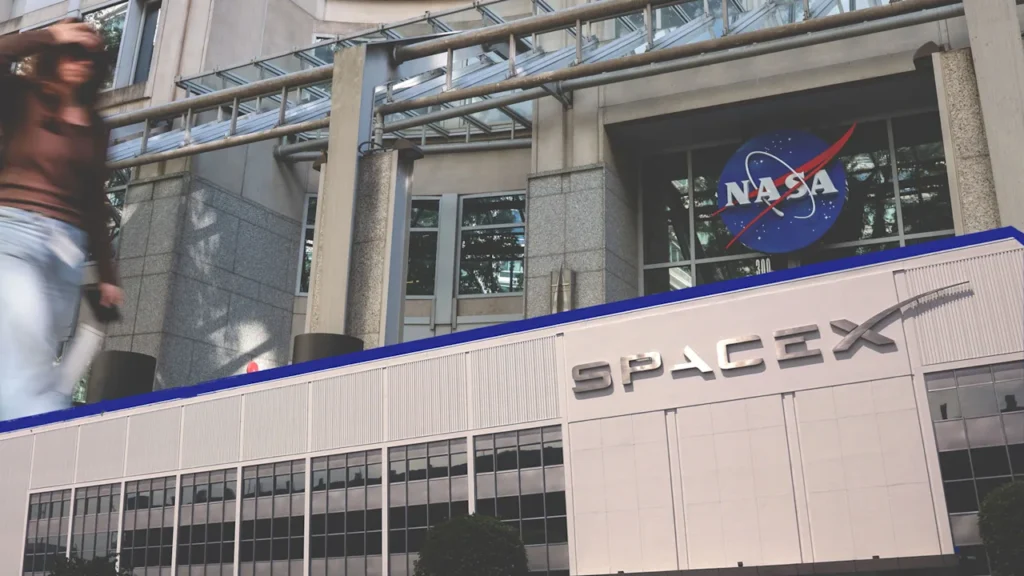
NASA wants to reopen competition on its moon lander, a multi-billion-dollar contract for a new space vehicle that will help support one of America’s most ambitious missions yet: going back to the moon — and for good.
The space agency’s decision to reopen the contract for the Artemis mission moon lander renews competition between SpaceX, which had previously won the award, and Blue Origin, Jeff Bezos’s space startup. But it also sets off a competition between Texas and Washington, the two companies’ respective home states. Politicians long fought over American space spending, as Fast Company explained a while back. But it’s not clear where they stand, at least for now.
Several congressional offices that would be impacted by the space agency opening up the contract did not respond to a request for comment, including the office of Sens. Ted Cruz and John Cornyn (the Texas delegation), as well as the Republican and Democratic sides of the Commerce Committee, whose portfolio includes space issues.
A spokesperson for Rep. Vincente Gonzalez, the congressman who represents Starbase, Texas— where SpaceX is testing its heavy launch vehicle Starship— didn’t respond to a request for comment. The office of Sen. Maria Cantwell, who represents Washington and frequently touts Blue Origin, also did not respond.
Congressional delegations have previously advocated for Artemis contracts to come to their states. Back when SpaceX first won the lunar lander contract, Cantwell pushed for NASA to give a second company a lunar contract, including through legislation. Even amid doubts with SpaceX, Cruz, who represents SpaceX homestate Texas, has said it’s too late for the U.S. to leave Starship behind.
The size of a small building, Starship is the platform that Elon Musk thinks will bring humanity to Mars. It’s also the vehicle that, for several years, NASA has been planning to use for an earlier phase of the Artemis program. (The Artemis 3 mission that SpaceX is supposed to work on, currently scheduled for late 2027, will involve a weekslong stay on the lunar surface, though NASA has ambitions for returning to the moon in later years, including to build a lunar base camp).
The challenge is that Starship – a key part of this plan – has suffered failures during several recent test flights. And now, Transportation Secretary Sean Duffy is complaining that SpaceX is behind schedule. A NASA panel said as much in September.
Blue Origin still has a lot catching up to do. The company has yet to build a similarly large low Earth orbit satellite network, or to send manned space missions into orbit. (The company has accomplished suborbital flights). But Blue Origin has also won lunar lander work from NASA for the Artemis V mission, a later phase of the new moon program.
In the past, NASA has expressed interest in maintaining at least two options in order to ensure “a regular cadence of Moon landings,” a NASA official said when the government announced an award for Blue Origin’s lunar platform, which the company calls Blue Moon.
There’s also Lockheed Martin, which might also put its hat in the ring.
Of course, it’s unclear what might be going on between policymakers privately, or whether the rift between Elon Musk and the Trump administration has settled. Another factor is growing concern that the U.S. is falling behind China on lunar ambitions.
Secretary Duffy has also said that Trump wants some kind of lunar accomplishment before he leaves office. In the meantime, much of NASA is closed because of the government shutdown.
